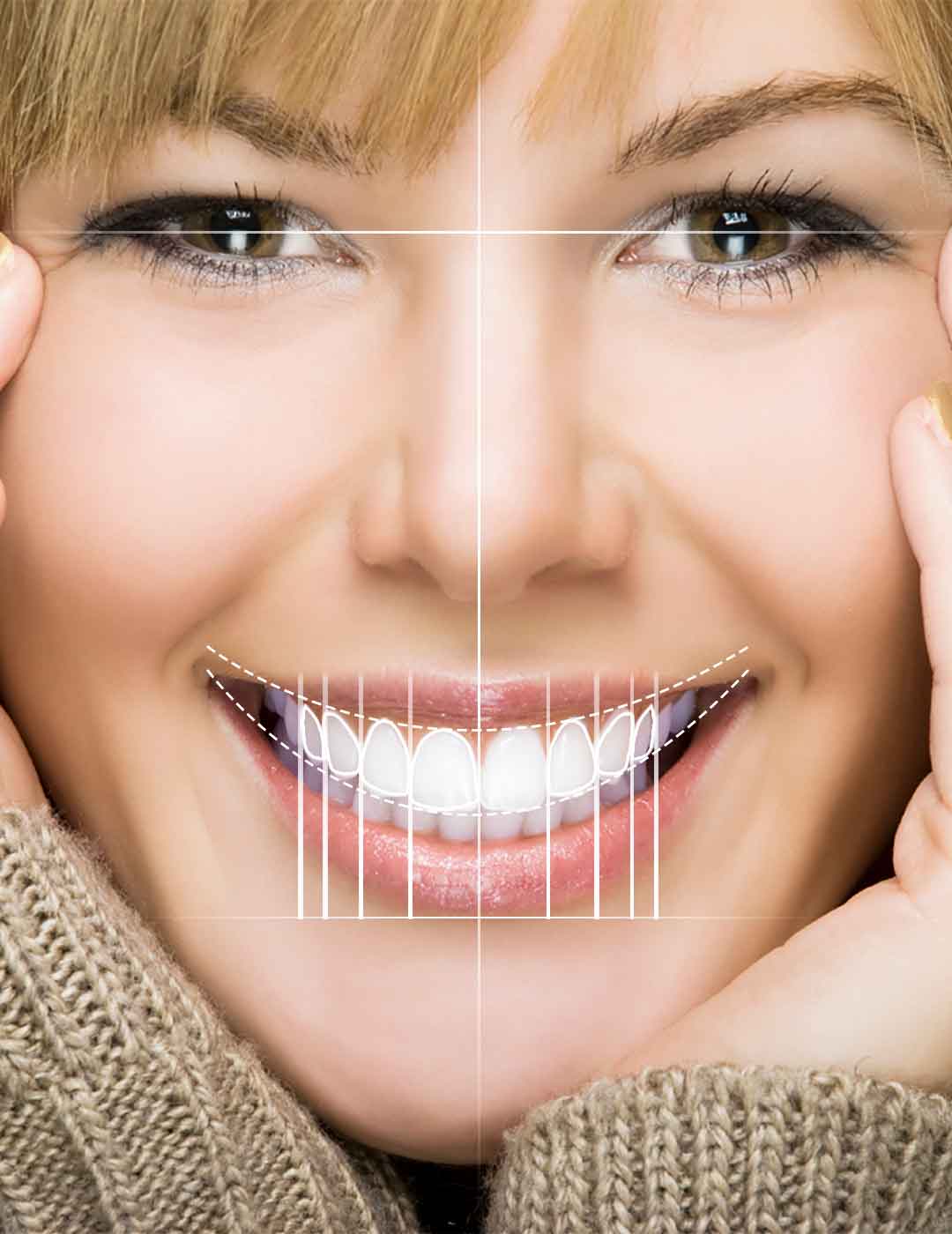Black triangles, or open gingival embrasures, are a common aesthetic concern in cosmetic dentistry. These triangular gaps between teeth, near the gum line, can affect both the appearance of a smile and oral health. This article explores the causes of black triangles, how to identify them, and the best management strategies to restore a seamless smile.
What Are Black Triangles?
Black triangles are the dark spaces between teeth where the gums have receded or failed to fill the space entirely. These gaps are typically caused by:
- Gum Recession: Often linked to periodontal disease, aggressive brushing, or aging.
- Orthodontic Treatment: Movement of teeth can result in loss of contact points and gum papilla shrinkage.
- Tooth Anatomy: Narrow or triangular tooth shapes can naturally create these spaces.
- Bone Loss: Underlying loss of alveolar bone can lead to less support for the gum tissue.
Why Black Triangles Matter
1. Aesthetic Concerns
Black triangles disrupt the uniform appearance of teeth, leading to self-consciousness about smiling or speaking.
2. Food Trapping
The gaps can trap food and debris, increasing the risk of interdental spaces harboring bacteria and leading to dental issues.
3. Gum Health Issues
These spaces can exacerbate periodontal problems by creating areas that are difficult to clean.
How to Identify Black Triangles
Dental professionals assess black triangles during routine exams, paying attention to:
- Gingival Height and Papilla Loss: Observing the space between the contact point of the teeth and the gum line.
- Tooth Proportions: Evaluating the width-to-length ratio of teeth, which affects the likelihood of black triangle formation.
- Periodontal Status: Checking for gum health, bone support, and signs of recession.
- Orthodontic History: Considering how past or ongoing orthodontic treatments may influence interdental gaps.
Management Strategies for Black Triangles
Addressing black triangles requires a tailored approach based on the underlying cause. Here are the most common treatment options:
1. Minimally Invasive Options
Interproximal Bonding
- Composite resin is applied to adjacent teeth to close the gaps without altering natural tooth structure.
- A quick and cost-effective solution, it restores aesthetics while maintaining tooth integrity.
Hyaluronic Acid Fillers
- Biocompatible fillers can be injected to plump up gum tissue and reduce the visibility of black triangles.
- Suitable for cases with mild to moderate papilla loss.
2. Orthodontic Solutions
Orthodontic Adjustment
- Realigning teeth to reduce or eliminate gaps can improve contact points and support gum papilla.
- Techniques like Invisalign or traditional braces may be used for minor interdental space correction.
3. Surgical Interventions
Soft Tissue Grafting
- Gum tissue from another part of the mouth is transplanted to fill in black triangles.
- Effective for cases caused by significant gum recession or bone loss.
Papilla Regeneration
- Advanced surgical techniques aimed at regenerating lost gum tissue between teeth.
- Requires precise planning and is ideal for severe cases.
4. Preventive Care
Maintaining gum health is crucial to prevent further black triangle formation. Key strategies include:
- Gentle Brushing: Avoiding overly aggressive brushing that can lead to gum recession.
- Interdental Cleaning: Using soft picks or floss to prevent food buildup without damaging the gums.
- Regular Dental Visits: Early intervention can prevent worsening of papilla loss.
- Orthodontic Retainers: To maintain tooth alignment post-treatment and avoid new gaps.
The Role of Cosmetic Dentistry
Modern cosmetic dentistry offers patients a variety of ways to address black triangles, restoring both function and appearance. Procedures like interproximal bonding and soft tissue grafting provide minimally invasive and long-lasting solutions, ensuring patients regain confidence in their smiles.
While black triangles may seem like a minor issue, they can have significant implications for both aesthetics and oral health. Understanding their causes and the available management strategies is key to providing effective treatment. Consult your dentist to explore the best solution tailored to your needs, ensuring a healthier and more attractive smile.





